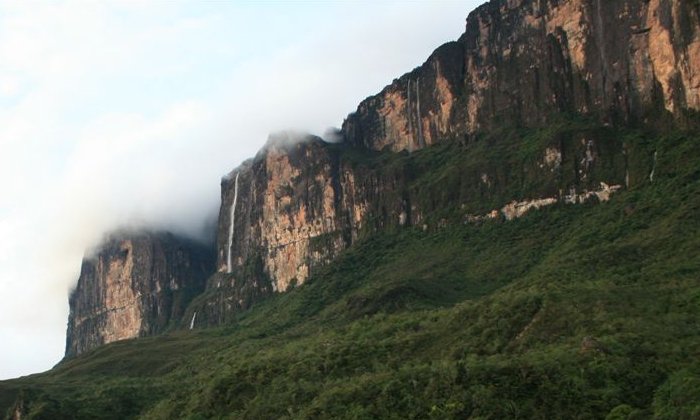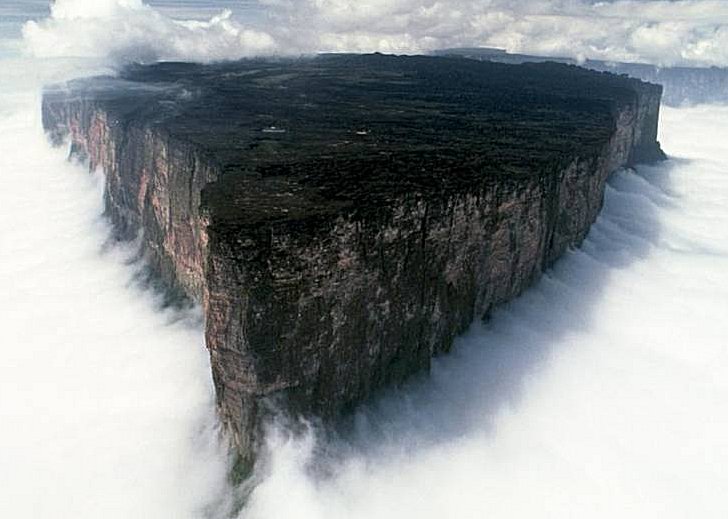Mysterious Mount Roraima Surrounded By Myths And Clouds Of Dense Fog
A. Sutherland - AncientPages.com - Mount Roraima is located on a high plateau at the junction of Brazil, Venezuela, and Guyana.
It was carved from a single, monolithic, gigantic piece of rock with sides forming a straight vertical line.
Mount Roraima cliffs, Venezuela. Paulo Fassina. Credit: CC BY-SA 2.0
Some researchers say Mount Roraima is not a mountain but an artificially created formation. Some others say it is a rather unique work of nature. Some just say - it's a scary thing.
The top of the vertical walls is up to 400 meters. The corner-sloping ledge forms a relatively sharp upper and lower line around the perimeter. The height of the ridge reaches 170 meters! The total size of the structure reaches 1,150 meters from its base.
The Pemon (Pemón or Pemong), who are indigenous people living in areas of Venezuela, Brazil, and Guyana, this fascinating formation must have played an essential role in their rich mythology. The Pemon's mythic tradition merged into their present Catholic and Christian faiths. In their beliefs, gods reside in the grassland area's table-top mountains called tepui.
Mount Roraima. Image source
The Pemon people believe the mountains are off-limits to the living, as they are also home to ancestor spirits called mawari.
The word tepui in the local Pemon people means' House of the gods,' For centuries, people avoided climbing Mount Roraima for fear of the gods' punishment. In addition, rumors went about strange creatures that lived on top of it.
In 1912, the first non-native person who visited Roraima to study Pemon myths and language seriously was the German ethnologist Theodor Koch-Grunberg.
Important myths describe the origins of the sun and moon, the creation of the tepui mountains that
spectacularly rise from the savannahs of the Gran Sabana and the activities of the creator hero Makunaima and his brothers.
In the language of Pemon Indians, 'roroi' means "blue-green," and 'ma' - "great." Thus, the name "Roraima" is translated from the local dialect and means "big blue-green mountain."
According to the beliefs of Aboriginal peoples, a stump was left from the mighty tree. This stump was a source of all the fruits and vegetables in the world. Legendary hero Makunayma - literally means "He Works By Night" - also known as "God" ("Great Spirit") cut down the tree, and the barrel fell to the ground and caused a terrible flood.
Makunaima is the great Creator god of the Akawaio (indigenous people in Roraima (Brazil), Guyana, Venezuela, and neighboring Caribean tribes.
Traditional Cariban cosmology has been mixed to some degree with Christian elements after the arrival of Christian missionaries.
Older myths from this region of the world feature Makunaima as a legendary cultural hero who slays monsters. In more recent sources, these heroic deeds are usually ascribed to the benevolent demigod Sigu (or Sigoo) instead of Makunaima.
In the Caribs' beliefs, the great god, Makunaima, is never personified, and mortal man has never seen him.
Roraima's cliffs can be climbed to the top, which takes approximately two days. However, in the course of lifting, the traveler risks falling into a cloud of dense fog, so you must be especially careful.
It is worth noting that Roraima Mountain's most unusual form is not particularly unique because there are similar rock formations around the world.
Written by – A. Sutherland - AncientPages.com Senior Staff Writer
Updated on January 10, 2022
Copyright © AncientPages.com All rights reserved. This material may not be published, broadcast, rewritten or redistributed in whole or part without the express written permission of AncientPages.com
Expand for referencesMore From Ancient Pages
-
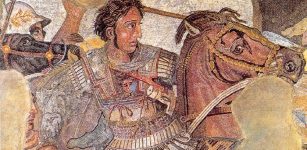 How Did Alexander The Great Die?
Featured Stories | Apr 9, 2016
How Did Alexander The Great Die?
Featured Stories | Apr 9, 2016 -
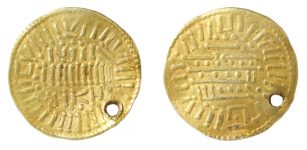 Vikings May Have Made Imitation Gold Dinar Found In Morston, Norfolk – Expert Says
Archaeology | Apr 5, 2023
Vikings May Have Made Imitation Gold Dinar Found In Morston, Norfolk – Expert Says
Archaeology | Apr 5, 2023 -
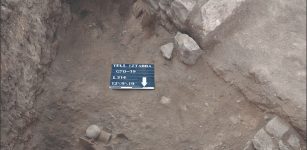 Ancient Town’s Destruction Dated With Help Of Chicken Bones And Snail Shells
Archaeology | Aug 17, 2022
Ancient Town’s Destruction Dated With Help Of Chicken Bones And Snail Shells
Archaeology | Aug 17, 2022 -
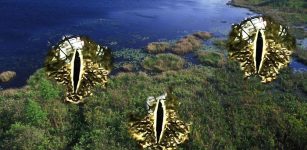 Mysterious Okefenokee Swamp – Fearsome Aerial Beings And Giant Skeletons In Georgia
Featured Stories | Aug 27, 2019
Mysterious Okefenokee Swamp – Fearsome Aerial Beings And Giant Skeletons In Georgia
Featured Stories | Aug 27, 2019 -
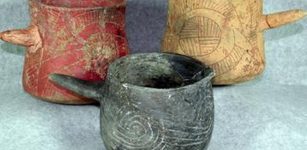 Cocoa, Caffeinated ‘Black Drink’ Widely Used In Native American Societies
News | Sep 8, 2015
Cocoa, Caffeinated ‘Black Drink’ Widely Used In Native American Societies
News | Sep 8, 2015 -
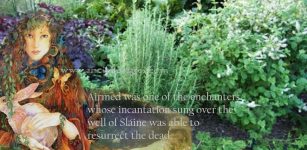 Airmid: Irish Goddess Of Healing And Herbs And One Of The Tuatha Dé Danann
Celtic Mythology | Feb 2, 2018
Airmid: Irish Goddess Of Healing And Herbs And One Of The Tuatha Dé Danann
Celtic Mythology | Feb 2, 2018 -
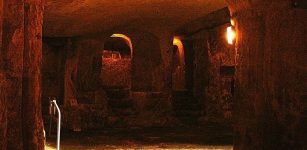 Magnificent St. Paul’s Catacombs – Largest Underground Roman Cemetery In Malta
Featured Stories | Aug 28, 2019
Magnificent St. Paul’s Catacombs – Largest Underground Roman Cemetery In Malta
Featured Stories | Aug 28, 2019 -
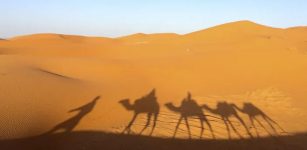 Ancient People Handled Sun Exposure Better Than Modern People – An Anthropologist Explains Why
Featured Stories | Sep 21, 2022
Ancient People Handled Sun Exposure Better Than Modern People – An Anthropologist Explains Why
Featured Stories | Sep 21, 2022 -
 Discovery At Fujiwarakyu Palace Complex Offers Better Glimpse Of 7th-Century Japan
Archaeology | Oct 21, 2015
Discovery At Fujiwarakyu Palace Complex Offers Better Glimpse Of 7th-Century Japan
Archaeology | Oct 21, 2015 -
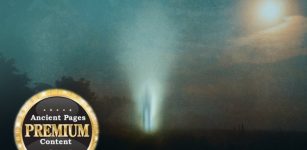 Unusual Secret May Be Hidden In A Mysterious Valley In The American Southwest
Featured Stories | Jan 30, 2024
Unusual Secret May Be Hidden In A Mysterious Valley In The American Southwest
Featured Stories | Jan 30, 2024 -
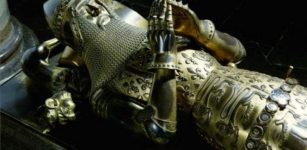 Edward Of Woodstock “Black Prince” – Idol Of The English People And Terror Of The French
Featured Stories | Aug 22, 2017
Edward Of Woodstock “Black Prince” – Idol Of The English People And Terror Of The French
Featured Stories | Aug 22, 2017 -
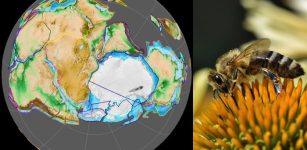 Bees Originated From An Ancient Supercontinent Millions Of Years Earlier Than Previously Thought
Evolution | Jul 31, 2023
Bees Originated From An Ancient Supercontinent Millions Of Years Earlier Than Previously Thought
Evolution | Jul 31, 2023 -
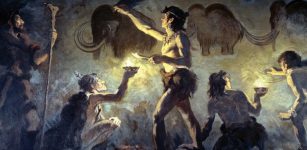 First Carbon-Based Paleolithic Paintings Found In Font-De-Gaume Cave, France Could Be 19,000 Years Old
Archaeology | Dec 29, 2023
First Carbon-Based Paleolithic Paintings Found In Font-De-Gaume Cave, France Could Be 19,000 Years Old
Archaeology | Dec 29, 2023 -
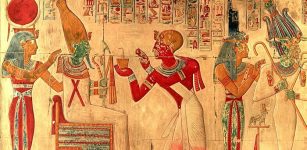 Osiris: Enigmatic And Powerful God In Ancient Egypt
Egyptian Mythology | Jun 13, 2017
Osiris: Enigmatic And Powerful God In Ancient Egypt
Egyptian Mythology | Jun 13, 2017 -
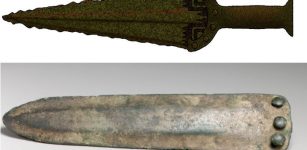 Scientists Can Finally Answer What Bronze Age Daggers Were Used For
Archaeology | Apr 29, 2022
Scientists Can Finally Answer What Bronze Age Daggers Were Used For
Archaeology | Apr 29, 2022 -
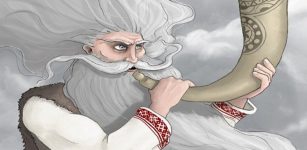 Stribog – Slavic God Of Winds Associated With Destruction, Harvest, Evil And Good
Featured Stories | Jul 1, 2019
Stribog – Slavic God Of Winds Associated With Destruction, Harvest, Evil And Good
Featured Stories | Jul 1, 2019 -
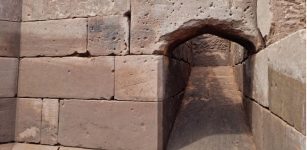 Unexpected Archaeological Discovery May Re-Write English Civil War History
Archaeology | Feb 3, 2023
Unexpected Archaeological Discovery May Re-Write English Civil War History
Archaeology | Feb 3, 2023 -
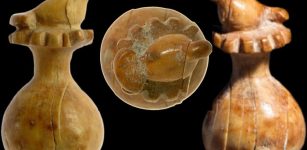 The Dove And The Pomegranate: Who Was The High-Ranking Lady Who Owned This Unique Artifact In The First Temple Period?
Artifacts | Aug 9, 2023
The Dove And The Pomegranate: Who Was The High-Ranking Lady Who Owned This Unique Artifact In The First Temple Period?
Artifacts | Aug 9, 2023 -
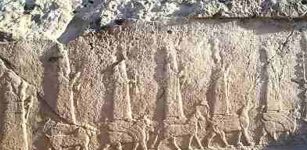 Ten Inscriptions Related To Sargon Unearthed At Ancient Assyrian Site In Iraq’s Kurdistan Region
Archaeology | Jan 20, 2020
Ten Inscriptions Related To Sargon Unearthed At Ancient Assyrian Site In Iraq’s Kurdistan Region
Archaeology | Jan 20, 2020 -
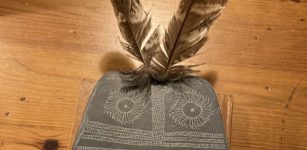 Were Owl-Shaped Plaques Children’s Toys In Copper Age?
Archaeology | Dec 1, 2022
Were Owl-Shaped Plaques Children’s Toys In Copper Age?
Archaeology | Dec 1, 2022


